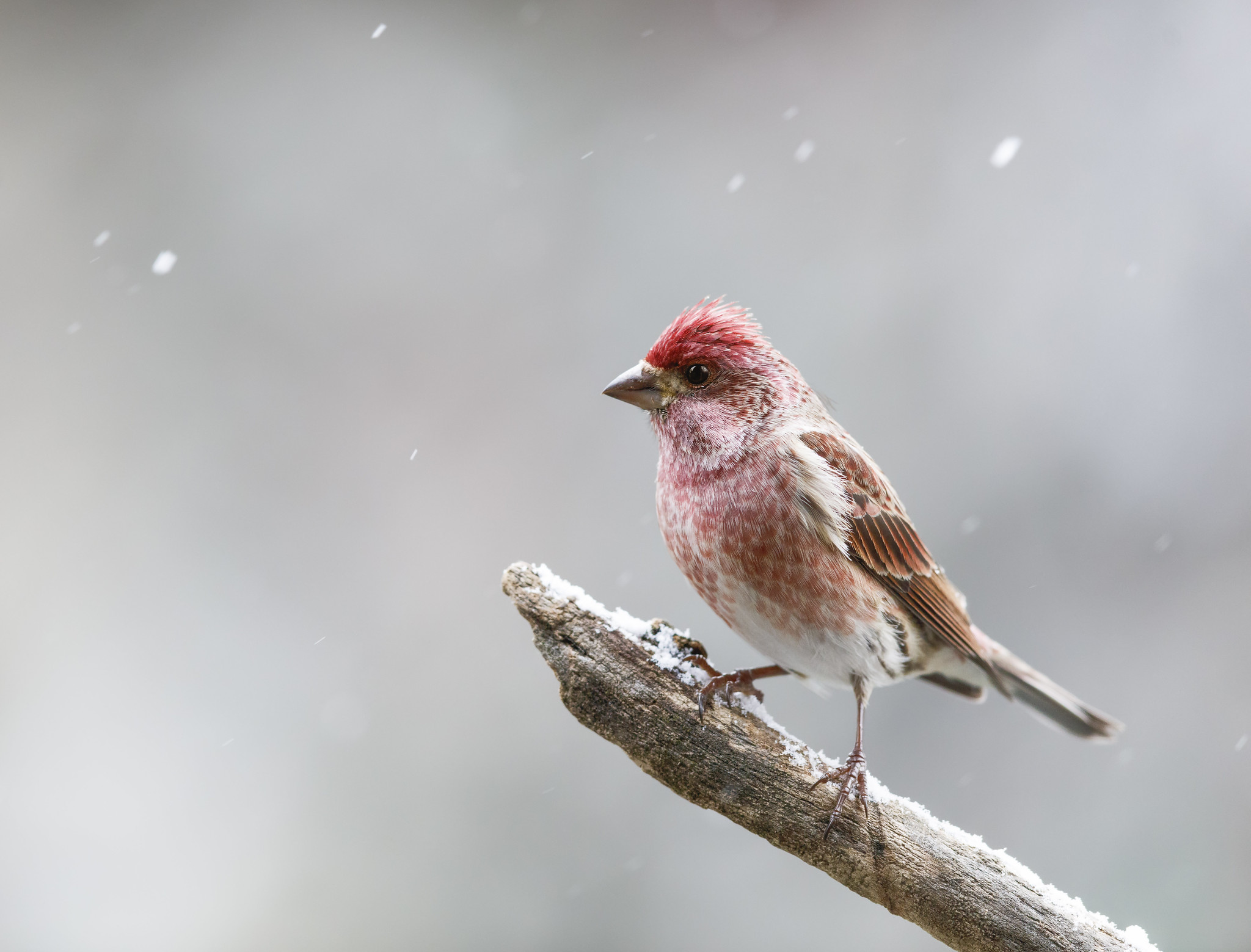The types of finches in North Carolina may not be the most exciting variety in the United States. However, several finches in NC are worthwhile species to pursue during a trip to the state.
There are 6 finches in NC that call the state home. All 6 species are observed annually in the state. Finches are frequent visitors to backyard bird feeders, and the 6 finches in North Carolina are no different. You may attract these birds to your yard by setting out bird feeders from which they can feed. If you want to see finches in NC, consider placing a bird feeder in your backyard.
Additionally, all of the finches in NC can be found in sizable flocks. Therefore, be sure to watch for groups of finches in your backyard.
Let’s take a look at the 6 North Carolina finch species!
Table of Contents
6 Finches in NC
American Goldfinch
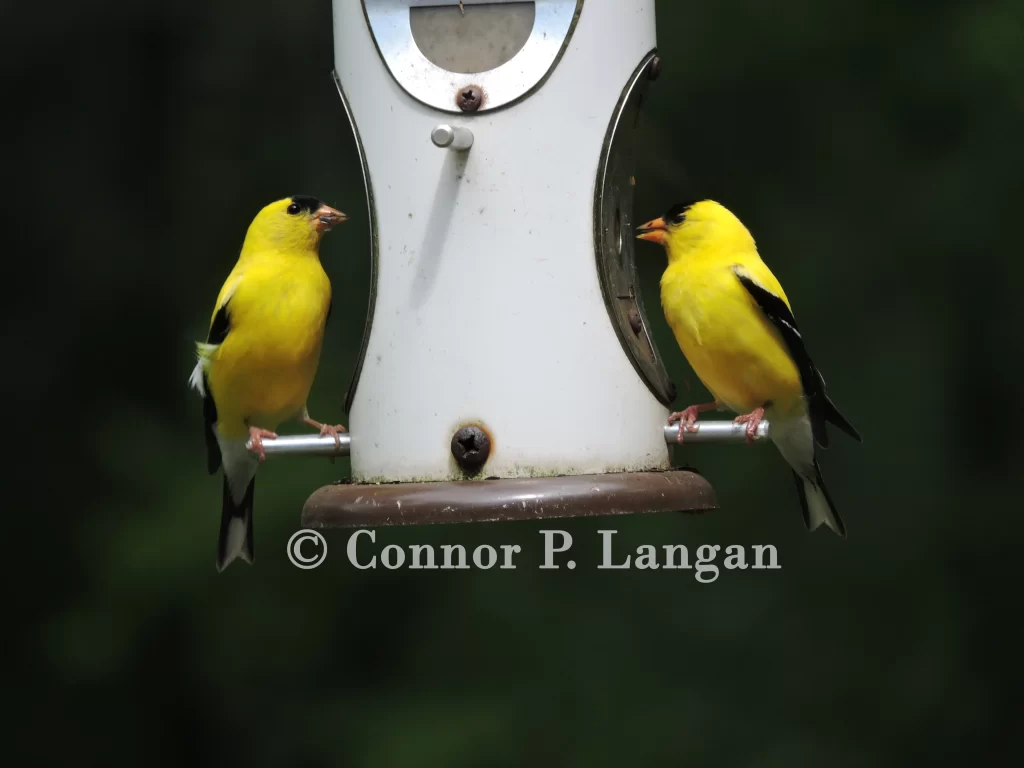
American Goldfinches are likely the most common of the NC finches. Birders in North Carolina may find these birds year-round throughout the state.
These yellow finches with black wings are frequent visitors to bird feeders throughout North Carolina. A goldfinch’s quest for seeds often leads it to tube bird feeders offering thistle and nyjer seed.
American Goldfinches are commonly on the move. Those who haven’t observed this NC finch in their yards can search for them in parks, open woodlands, fallow fields, and roadside ditches.
Evening Grosbeak
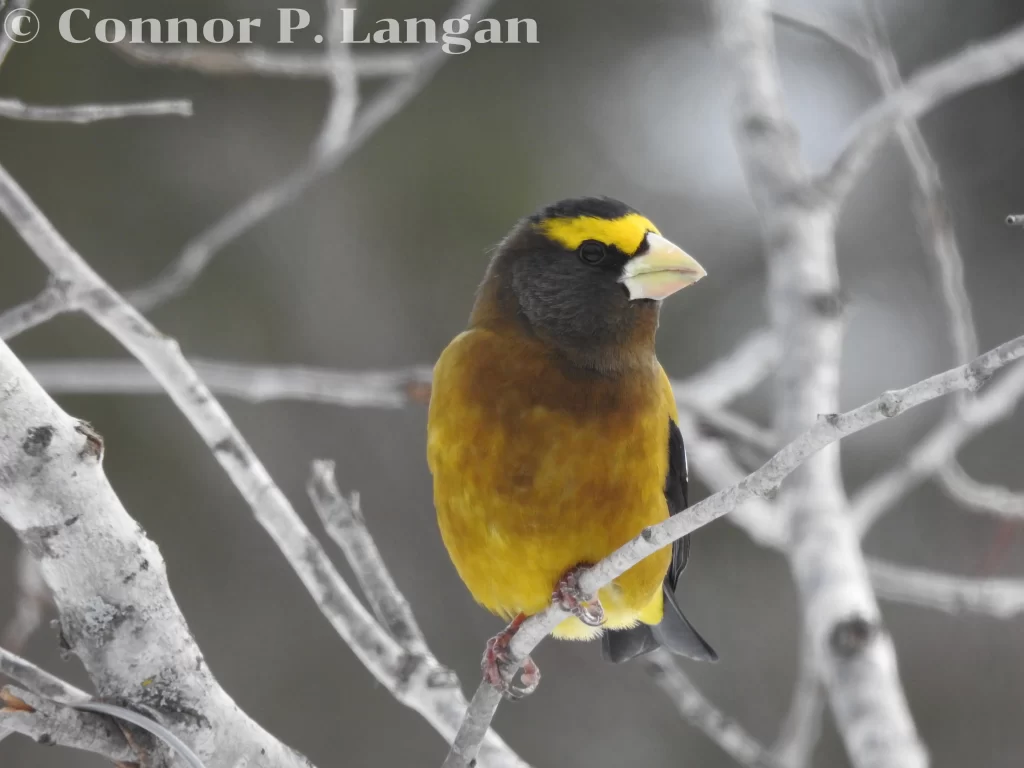
These gorgeous finches in North Carolina wander south during the nonbreeding season. There are no summer records of this species in North Carolina, as they travel north to breed in boreal forests in places such as Michigan.
Evening Grosbeaks are the rarest of the North Carolina finches. However, they are seemingly observed annually in the state. Sizable groups of Evening Grosbeaks are occasionally reported in central North Carolina and in the Appalachian Mountains in the western part of the state.
Evening Grosbeaks are rare along the coast, with no records existing for southeast North Carolina. Those who hope to observe this bird should set out bird feeders with plenty of sunflower seeds and hope they get lucky.
House Finch
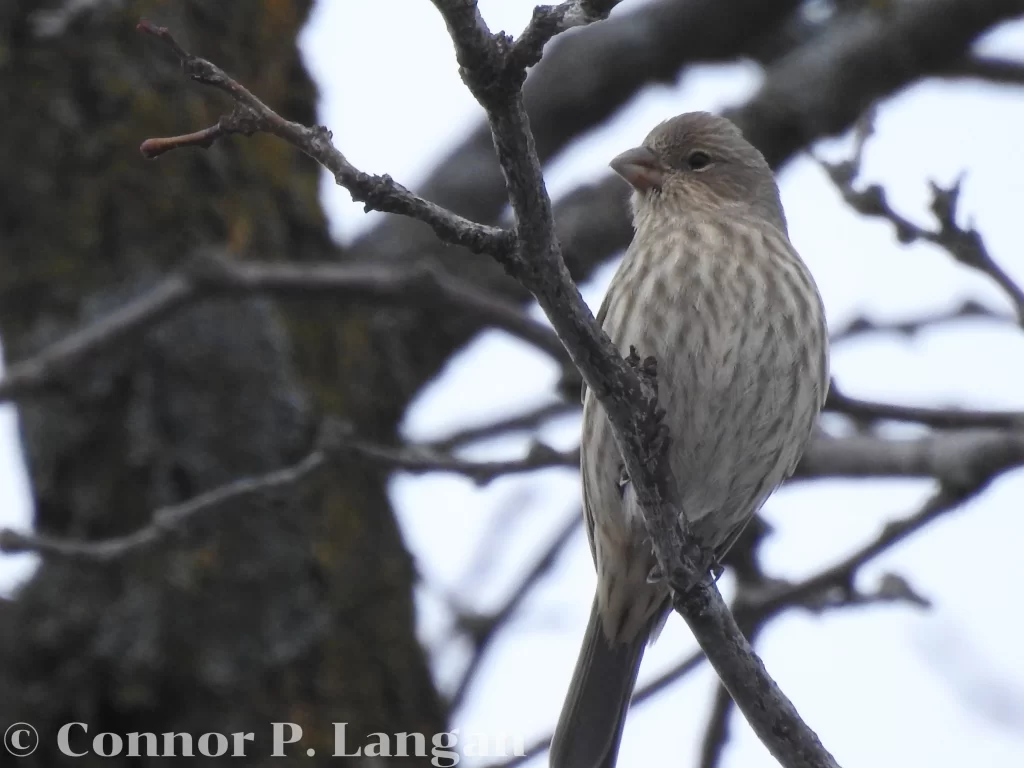
Technically speaking, House Finches are not native to North Carolina. Instead, the native range of these birds spans the American Southwest. A small number of these finches were released into New York City less than one century ago, and they quickly multiplied and spread throughout the East Coast. Now, seeing a North Carolina House Finch is common.
House Finches are the only finches in NC that aren’t native to the state. Even so, House Finches are still beloved by residents thanks to the cheerful song that males sing during spring.
Seeds make up the majority of the diets of a NC House Finch. These birds love to visit backyard bird feeders where they look somewhat similar to the ubiquitous House Sparrow. These finches of North Carolina eat a wide array of seeds, but they especially love sunflower seeds.
This species can be found in most residential areas, so watch for these birds next time you’re driving through a town.
Pine Siskin
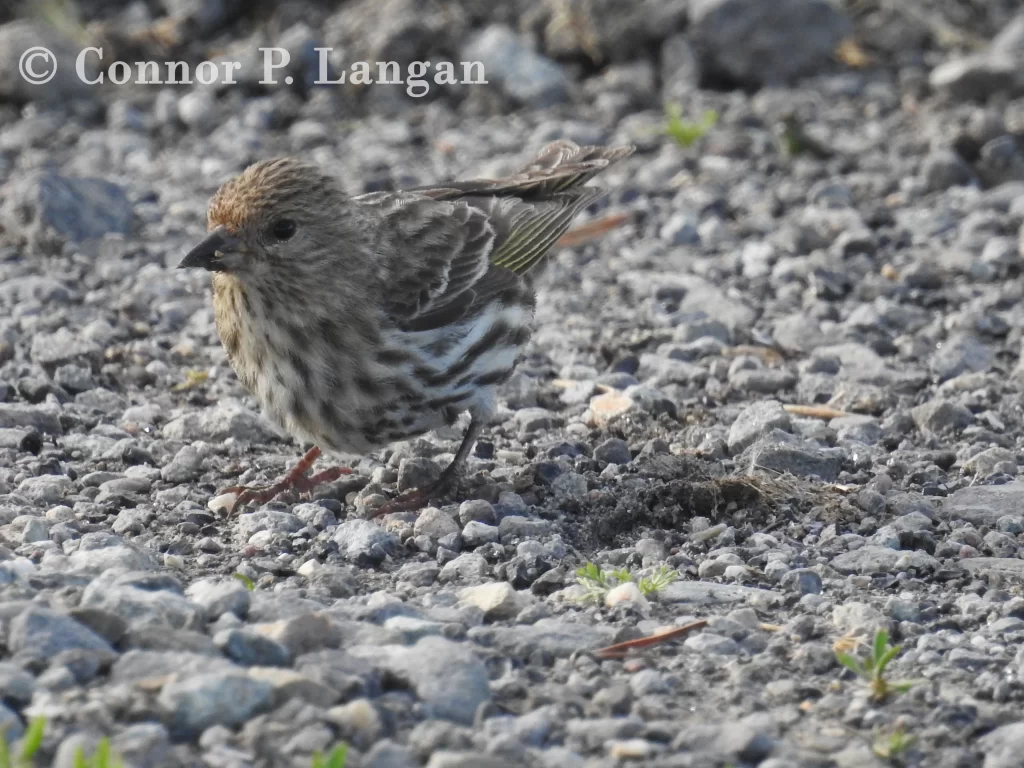
Pine Siskins may be found throughout North Carolina during the winter. However, this North Carolina finch species leaves most of the state during the summer breeding season.
Though Pine Siskins are absent from most of North Carolina during the summer, these North Carolina finches can still be found breeding in the Appalachian Mountains during this time of year. Those who want to see these finches in NC when the weather heats up will need to travel to the Appalachians.
Pine Siskins readily visit bird feeders where they love to eat small seeds like thistle and nyjer.
Purple Finch
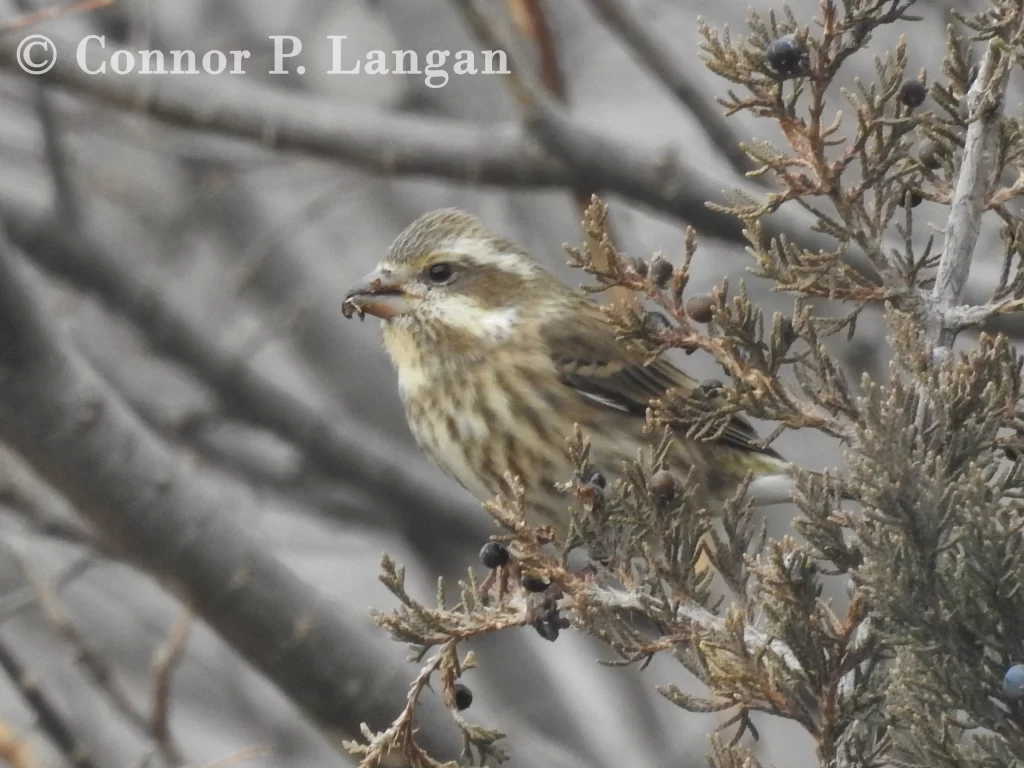
Purple Finches are expected finches in North Carolina during the nonbreeding season. However, this North Carolina finch will leave for more northerly breeding locales come summertime.
Though Purple Finches are reasonably common in North Carolina from fall through mid-spring, they are not nearly as common as the similar-looking House Finch. Males of both species are distinctive, but the brown females look quite similar. Therefore, be sure that you get a good look at a bird before identifying a Purple Finch.
These finches in NC are no strangers to backyard bird feeders, as they will regularly visit bird feeders that offer sunflower seeds and other tasty treats.
Red Crossbill
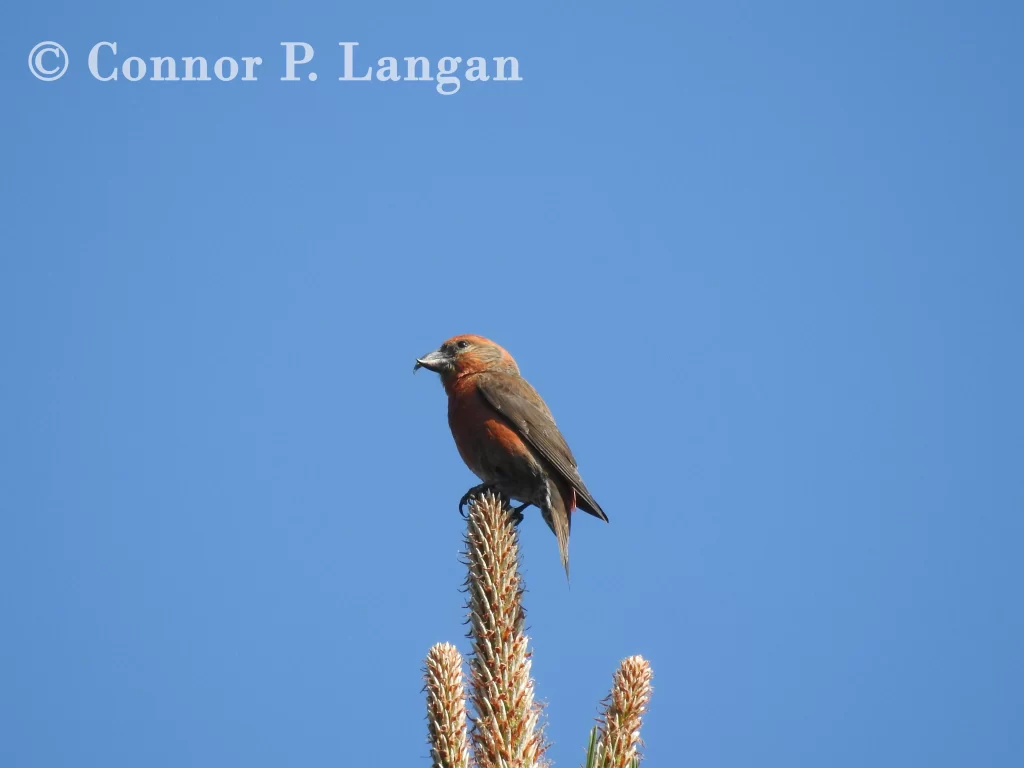
North Carolina birders interested in observing a Red Crossbill may have to travel to the Appalachian Mountains in the western part of the state. Here, these finches of North Carolina can be found living year-round in the southern extent of their range.
Red Crossbills are extremely nomadic, with flocks frequently moving around in search of food. These finches in NC may wander to central North Carolina at times, but they are rare birds of Eastern North Carolina.
Red Crossbills visit bird feeders on occasion, but this NC finch may be more partial to feeding in pine trees if you have any to offer. Watch for the red male and green female Red Crossbill.

